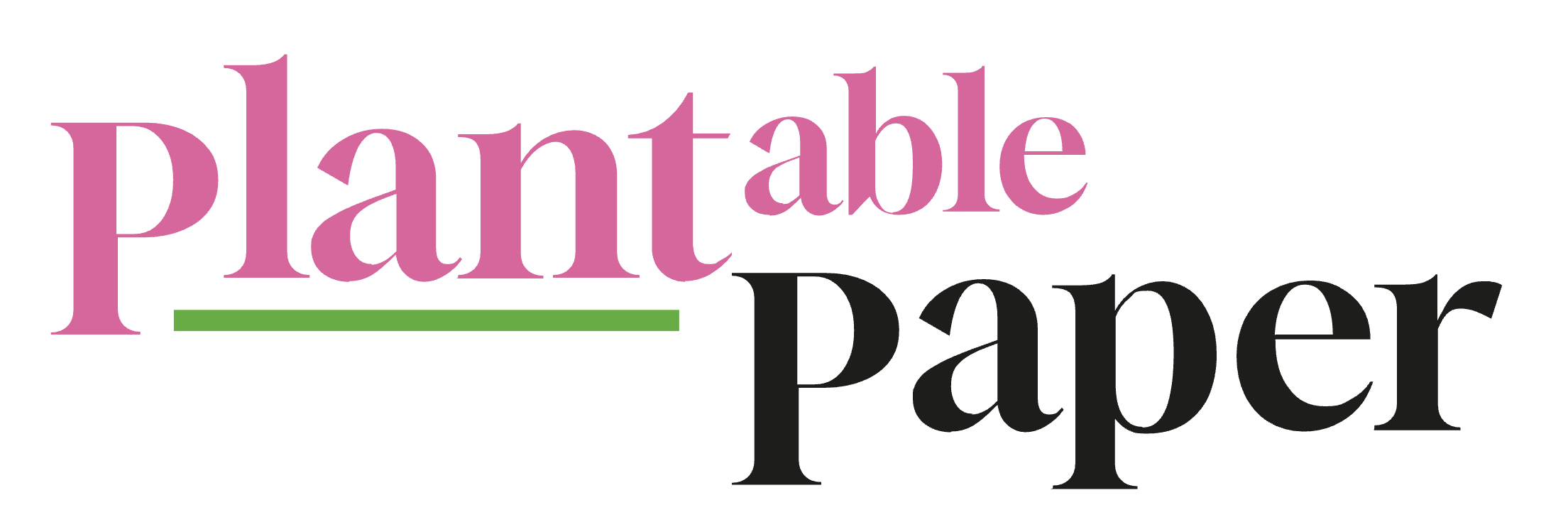What is Seeded Paper?
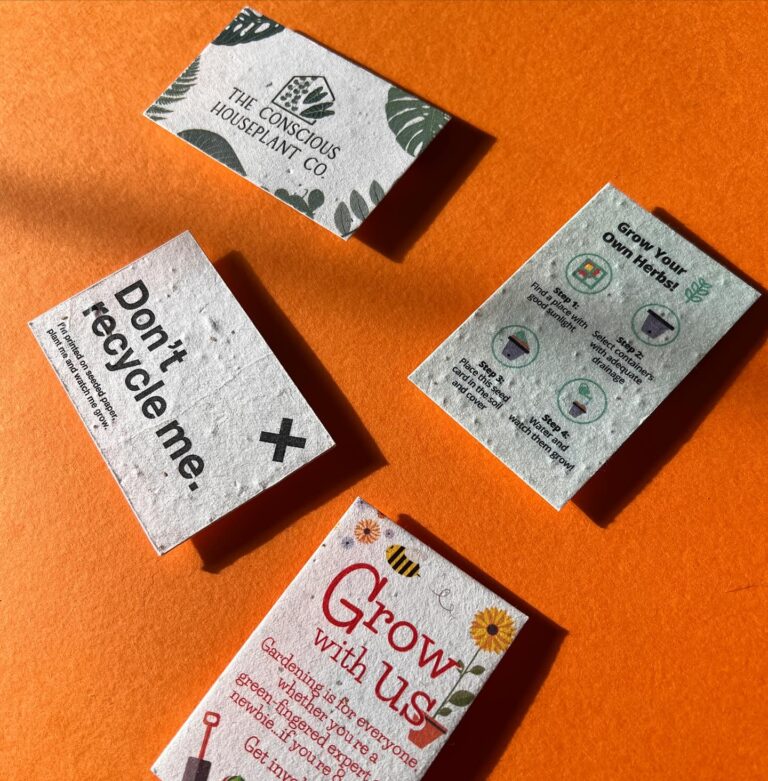
The Benefits of Using Sustainable Paper

The Craftsmanship Behind Plantable Paper

Creative Uses for Seeded Paper

Why Choose Plantable's Seeded Paper?

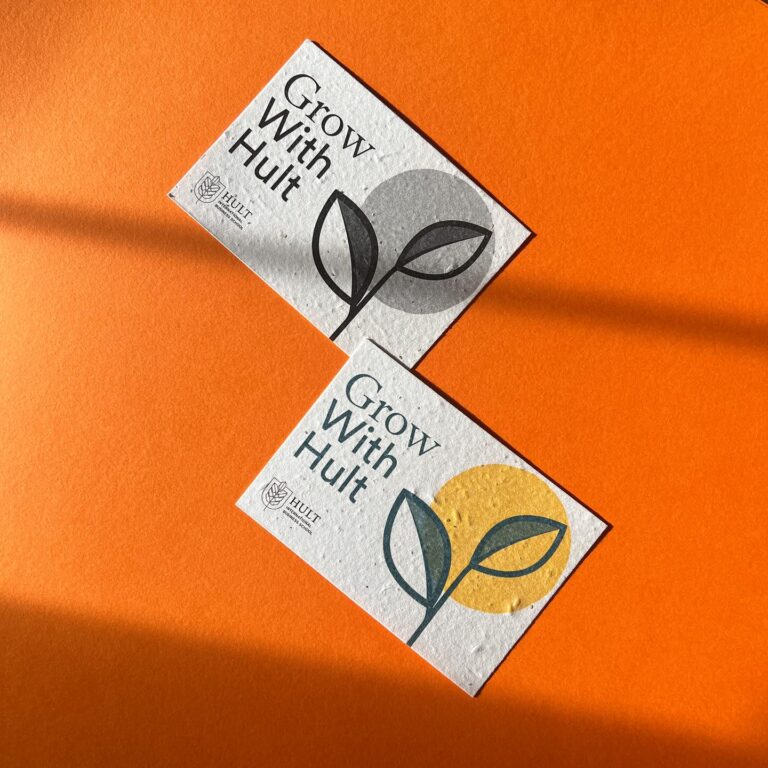
Creative Business Card Design Options

Wildflower Seed Paper: A Bee-Friendly Choice

How to Plant Your Seed Paper Business Cards
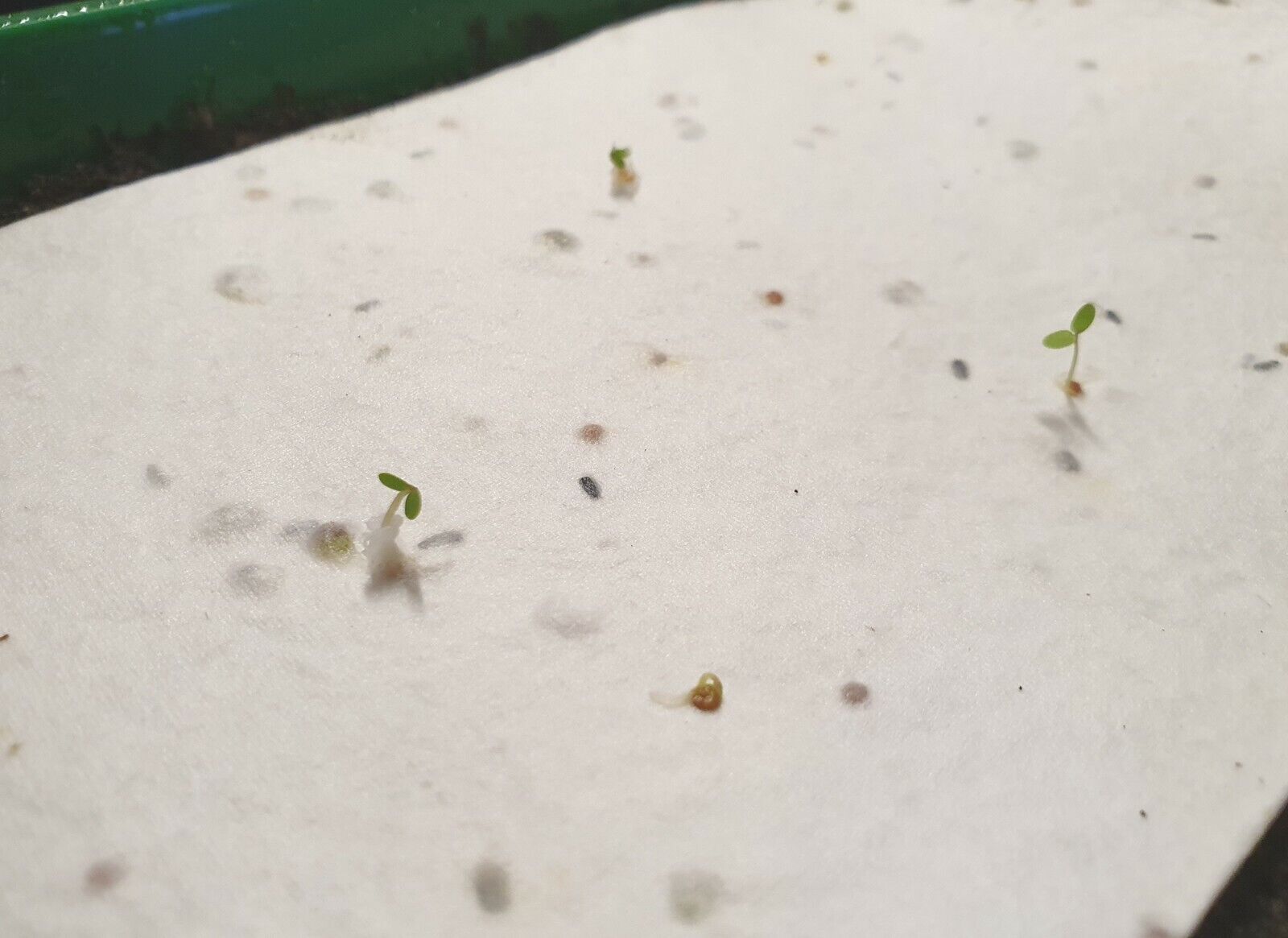
What Are Plantable Seed Paper Business Cards?
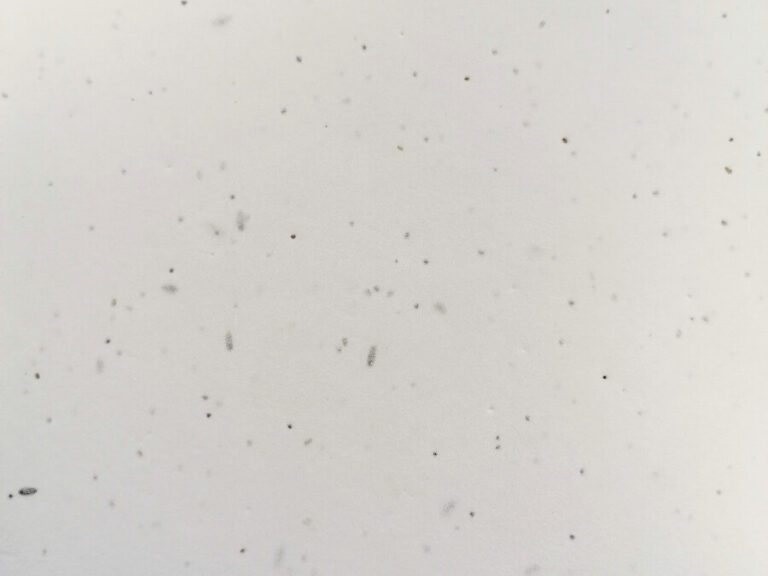
The Environmental Impact of Using Recycled Paper

The Environmental Impact of Using Recycled Paper

Plantable seed paper business cards are an innovative and eco-friendly twist on a classic staple of business. Despite your best efforts, many business cards will end up in the trash. Short of that, they’ll sit in a rolodex or cardholder somewhere. Very few people have gardens dedicated to the business cards they’ve collected. Putting out some plantable seed paper as your business cards shows a commitment to doing everything possible to stay green and eco-friendly. It’s possible to print any logo you want on the paper. Once your business card has been passed along and with the ship set to sail on turning that lead into a customer, they can take a pair of scissors to your card, plant it within some soil, then wait. When things are all said and done – and as long as it’s taken care of – a new plant will have blossomed. It might be flowers, it might be herbs, it might be vegetables… much of that choice is up to you. At every networking event where you hand out your cards, you’ll be doing your part to grow a garden. Little by little, we can make a small part of our cities green again. I think that makes a great first impression to a potential client or business partner. It gives a degree of savvy sophistication without damaging your business’s bottom line—nor the environment. It gives a strong signal to everyone around you that you’re unique and, when given an opportunity, you are different.
